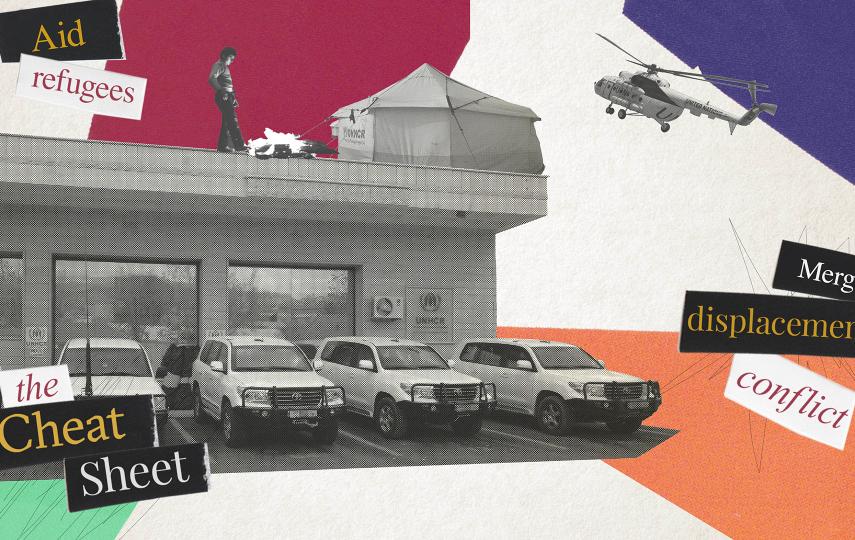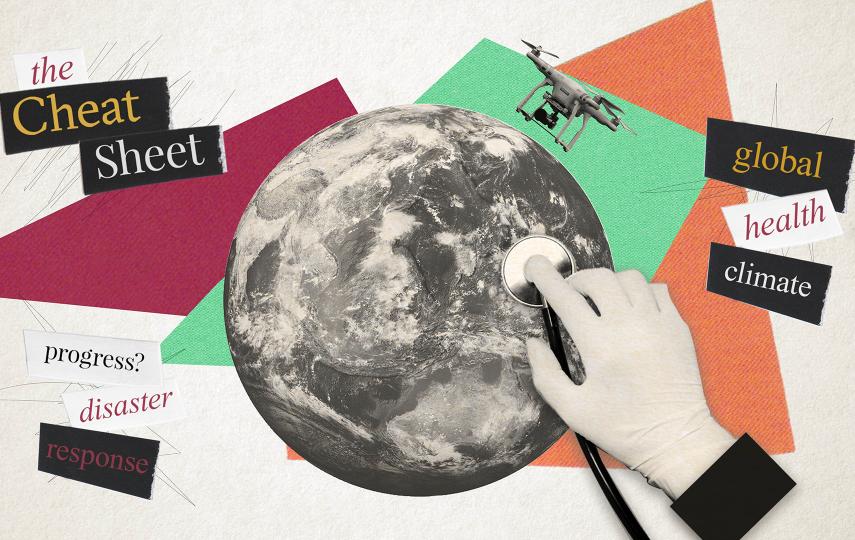This year's bumper harvest in the Sahel has led to a sharp fall in grain prices and governments and donors should support farmers'incomes by ensuring that sales are spaced out over the coming months, the Famine Early Warnings Systems Network (FEWS NET) said.
The organisation said in its latest report that plentiful rains should give the nine Sahel countries - which stretch from Chad in the east to the Cape Verde Islands in the west - a total grain harvest of 13 million tonnes in the 2003/4 crop year, up from 11 million in 2002/3.
This would make it one of the Sahel's best ever harvests, raising good prospects for food security in the region, it added.
FEWS NET, an early warning organisation financed by the US Agency for International Development (USAID) said the price of cereals in the Sahel began falling in June and plummeted fast in September.
It noted that the average price of millet in the N'Djamena, the capital of Chad, was 46 percent lower in September than in the same month last year. In Ouagadougou, the capital of Burkina Faso, millet was 26 percent cheaper and in Bamako, the capital of Mali, it was 19 percent cheaper.
FEWS NET said steps were already being taken to mitigate the price collapse. National food stocks were being replenished and cereal banks were being created in communities were food supplies were often a problem, it noted.
FEWS NET advised donors to purchase cereals from countries with surpluses for delivery to countries which had shortages in order to help support producer prices in the region.
Last week the government of Burkina Faso predicted that it would have a grain surplus of just over one million tonnes this year. And on Wednesday, Agence France Presse quoted the Niamey-based Inter State Committee to Combat Drought in the Sahel (CILSS) as forecasting that Niger would have a 500,000 surplus.
FEWS NET said heavy rainfall had led to good crop development everywhere except northern Senegal and southern Mauritania, where long periods of drought at the beginning of the planting season had prevented agricultural activities from getting off to a timely start.
The FEWS NET report covered Cape Verde, Senegal, Gambia, Mauritania, Guinea-Bissau, Mali, Burkina Faso, Niger and Chad.
The full report can be viewed at:
www.fews.net




